Permit Pitfalls: The Bureaucratic Traps That Delay Restaurant Openings in California
- Justine Renee Cruz
- 4 min read

You’ve got the concept. You’ve got the space. You’re ready to build. But before a single screw goes in, there’s a critical step that sinks more California restaurant projects than any other: permits.
Getting permitted isn’t just paperwork—it’s a complex dance between health departments, building officials, fire marshals, and city planners, each with their own sequence and rules. Misstep once, and you could delay your opening by weeks or even months.
In this guide, we break down the most common permit mistakes that derail restaurant openings—and how Northbay Restaurant Design helps owners avoid costly delays by planning approvals right from the start.
The “Start Before You’re Approved” Mistake
Biggest (and most expensive) mistake we see? Starting demolition or construction before getting official health department plan approval.
Many owners assume they can “just get started” and fix any small issues later. But in California, the health department must review and approve your restaurant layout, equipment, and finishes before you build. If you skip this, inspectors may force you to rip out completed work—and you’ll still have to submit the plans anyway.
Northbay Tip: Always submit a full plan set to the health department before starting construction—even “minor” changes. Waiting a few weeks for approval is far cheaper than tearing out a finished kitchen.
Which Permits Do You Actually Need?
Depending on your project, you may need 2–10 separate permits, each with their own application, timeline, and fees.
Here are the most common permits for restaurant construction and remodels in California:
✅ Health Department Plan Review
Required for all food facilities, including restaurants, bars, cafés, ghost kitchens, and commissaries. Covers layout, equipment, finishes, and food safety.
✅ Building Permit
Covers structural changes (e.g., new walls, doors, accessibility upgrades). Triggered by most remodels or new construction.
✅ Mechanical Permit
Covers HVAC and kitchen exhaust systems. Required for hoods, make-up air units, ductwork.
✅ Electrical Permit
Required for new wiring, panels, or additional circuits (often triggered by equipment upgrades).
✅ Plumbing Permit
Covers new sinks, floor drains, grease traps, gas lines, and water heaters.
✅ Fire Department Review
Often required for commercial hoods (fire suppression systems), egress compliance, and storage of flammables.
✅ Sign Permit
Required for exterior signage and lighting.
✅ ABC (Alcohol Beverage Control) License
If serving alcohol, you’ll need state licensing and often local zoning approvals too.
✅ Conditional Use Permit (CUP)
Required in some jurisdictions for restaurants, bars, or late-night service—even if you’re not remodeling.
Permit Timing: One Bad Move Can Set You Back Months
One of the biggest challenges is sequencing. Each agency wants to see certain approvals before they issue their own.
For example:
- Health Department Plans should be submitted first for plan check and ultimately for approval
- Building departments often require you to submit full food service plans that must match building permit drawings. Building won’t issue permits until fire, planning, and zoning sign off, and will not issue a building permit without approved Health plans.
- You may need your ABC license site plan approved before city zoning signs off.
Mistake to avoid:
Submitting permits in the wrong order, or without complete documentation, results in “corrections” cycles that slow down everything.
Northbay Strategy: We coordinate your permit sequencing with architects and engineers regularily, so approvals align and move faster.
Common Permit Pitfalls (And How to Avoid Them)
Pitfall | Consequence | Solution |
Starting construction before health plan approval | Red-tagged site, costly rework | Always submit and wait for approval first |
Inconsistent plans submitted to different departments | Conflicting corrections | Use one coordinated plan set |
Forgetting permit for outdoor seating | Delay in opening or fines | Confirm if city requires separate use permit |
Underestimating permit timelines | Missing opening dates | Build 8–16 weeks into your schedule for approvals |
Not pulling permits to “save money” | Failed inspections, denied occupancy | Always pull the proper permits. It’s cheaper than the consequences. |
How Northbay Restaurant Design Streamlines the Permit Process
At Northbay, we don’t just design spaces—we design projects that get approved.
Here’s how we help our clients navigate California’s permit maze:
✅ Pre-Submission Review
We catch potential red flags before plans are submitted to the health department or city, saving time and avoiding corrections.
✅ Multi-Agency Coordination
We coordinate with all disciplines in your tram so you don’t get stuck in an approval bottleneck.
✅ Local Code Expertise
We track the nuances between different counties—so your plans meet the specific interpretations used by Sonoma, Marin, Contra Costa, Alameda, and more.
✅ Permit Phasing Guidance
For remodels, we help phase permits to keep your business partially open or reduce downtime during construction.
✅ Construction Support
We ptovifr post plan approval to owners & contractors We speak contractor!
Permit Prep Checklist: What You Need Before You Submit
✔ Full floor plan with all food equipment
✔ Plumbing plan with all sinks, floor drains, and grease waste lines
✔ Exhaust hood plan with make-up air routing
✔ Finish schedule (floors, walls, ceilings, lighting)
✔ Manufacturer spec sheets for major appliances
✔ Compliant restroom finishes
✔ Electrical and gas load specifications
✔ Grease interceptor sizing and location (external if required)
✔ Limited Site plan (ABC if alcohol is involved)
Final Thoughts: Don’t Let Permits Be Your Bottleneck
In California’s highly regulated food service environment, permits are not just paperwork—they’re the gatekeepers to your opening day.
But with proper planning, the right sequence, and a code-savvy design team, you can streamline approvals, avoid rework, and open with confidence.
At Northbay Restaurant Design, we help clients navigate every step of the permitting process—from the first plan check to the final inspection. Whether you’re launching your first café or remodeling a commissary, we make sure your project is compliant, coordinated, and ready to pass inspection the first time.
